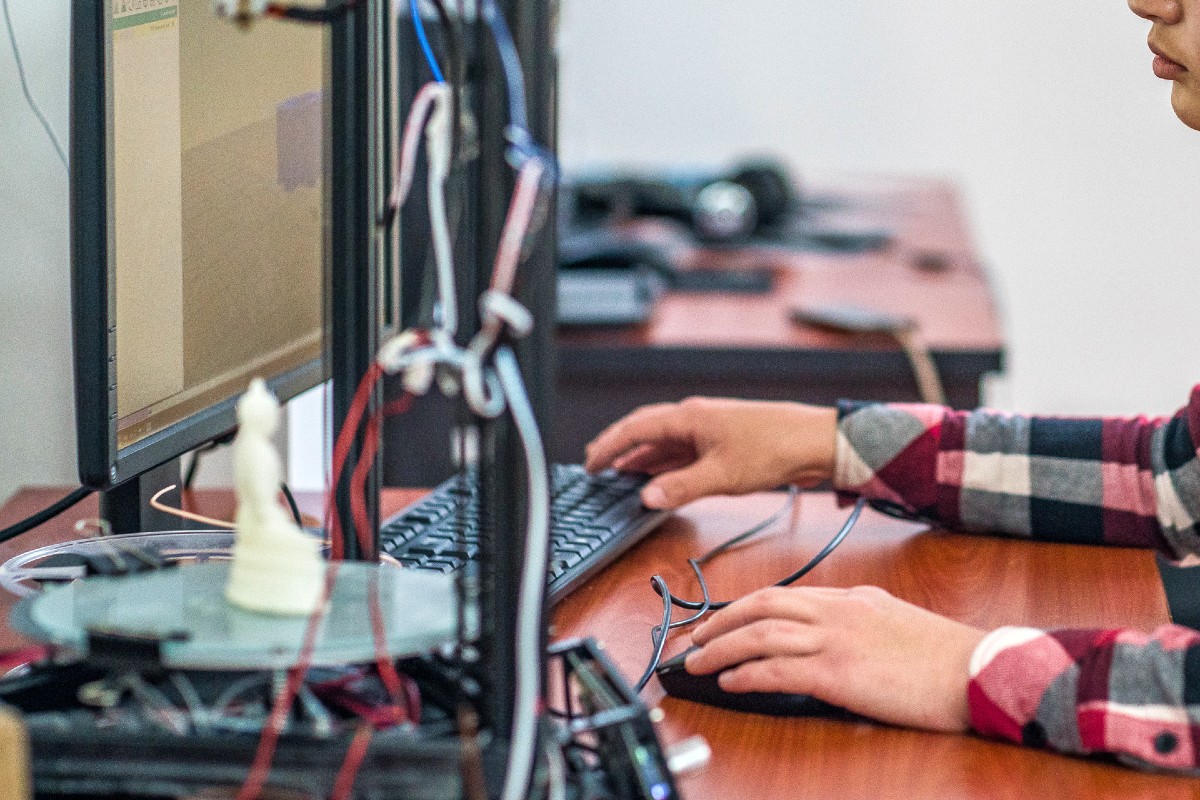East Asia Blog Series
Chatbots Offer a New Lifeline to Address Domestic Violence
Veronica Mendizabal Joffre, Pinky Serafica and Arun Ramamurthy 18 Jan 2022
As domestic violence increased during the pandemic, digital technology was used in innovative ways to help victims.
Domestic violence has been a shadow pandemic during the COVID-19 crisis. In Mongolia, where 58% of women have experienced some form of violence by an intimate partner in their lifetime, cases increased by more than 40% in 2020, straining support services, including emergency hotlines.
As more people seek information and services online during the pandemic, urban and rural Mongolia followed the global uptrend in internet use. Facebook users, particularly, rose from 68% (January 2020) to almost 80% (January 2021) driven by Mongolians aged 25 to 45. This is the same demographic that police hotline records tagged as having the highest number of domestic violence cases reported.
One key obstacle to seeking help for domestic violence is the stigma associated with it. As a result, families already suffering from trauma further isolate themselves from help. Digital communication tools can address this particular need for confidentiality and anonymity.
Chatbots – computer programs designed to simulate conversation with human users, mainly over the internet – can be an important digital tool in the effort to help victims. They can be configured to provide social and legal information, and to do so around the clock, providing an opportunity to reach out to people in need and in situations of limited mobility. They are being used in Thailand, South Africa and other countries.
To ensure confidentiality, user details such as name, address, and other demographic details are rendered anonymous by the chatbots.
In Mongolia, chatbots use conversational artificial intelligence and are inbuilt with elemental deep learning techniques. They are integrated in Facebook Messenger, making them widely available.
While chatbots are most often used for routine customer service functions on the internet and are often criticized as being impersonal, this anonymity is a positive feature when helping domestic violence victims. The chatbot does not make any personal judgements and does not require uncomfortable conversations with another human.
To ensure confidentiality, user details such as name, address, and other demographic details are rendered anonymous by the chatbots. While individual data are not accessible, a data management module helps to analyze the overall user data in a way that provides policymakers with insights to develop protection and response protocols.
Chatbots can be programmed to anticipate the information and referral needs of women and girls-at risk. However, if not fed with enough relevant data and controlled for quality, this tool can also lead to frustration. In the case of emergency response, the wrong advice could increase the risk.
In Mongolia, the chatbots were developed by a team of gender, legal, communication, and information technology specialists. The team went through data and spoke with domestic violence survivors to feed the chatbots with extensive content in the form of frequently asked questions: What do survivors have to prepare for? What are their legal options? What happens to their families when they ask for help?
The process is ongoing for this technology. While the chatbots recognize most of the questions, a small number can only be answered by a live person, a counselor.
Nonetheless, this digital technology has proven to be a lifeline for survivors of domestic violence. One user used the chatbot to prepare her rescue from an abusive relationship of nine years. The chatbot gave her information on when to leave, what to take, and how to contact emergency and counseling services. She and her four children reached the safety of a shelter during a strong COVID-19 wave. She used the chatbot precisely because it was anonymous, but also easily accessible through social media.
As next steps, the chatbots in Mongolia are integrating text messaging (SMS) to reach people in rural areas and without internet.
The use of technology such as chatbots is being shown to be an effective additional tool that countries can employ in the effort to address domestic violence and increase access to information and emergency and counselling services for survivors.
Authors

Veronica Mendizabal Joffre
Social Development Specialist, East Asia Department, ADB

Pinky Serafica
Senior Communications Officer, Department of Communications, ADB

Arun Ramamurthy
Principal Infrastructure Specialist (Digital Technology), East Asia Department, ADB
This blog is reproduced from Asian Development Blog.


